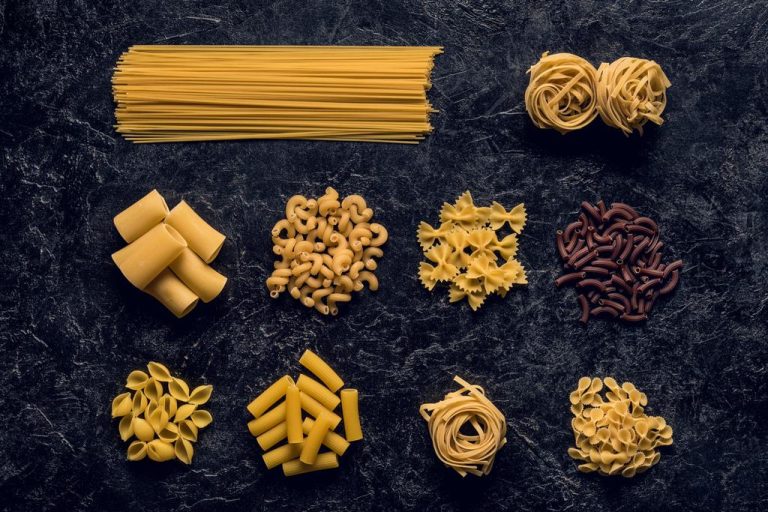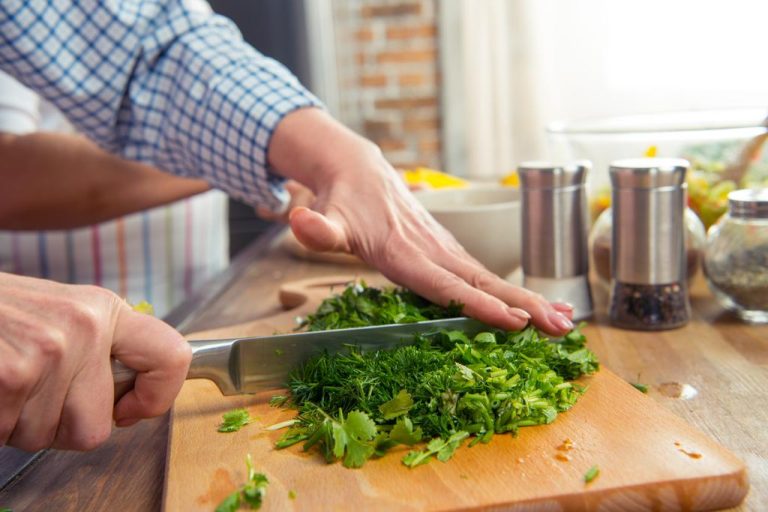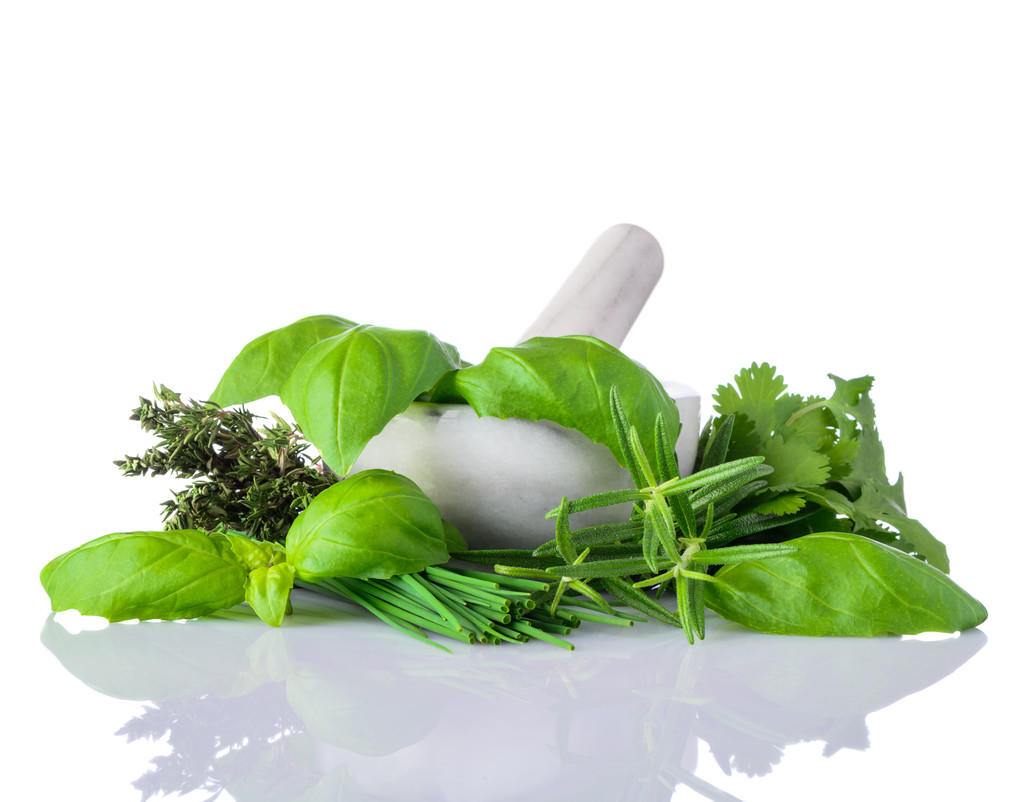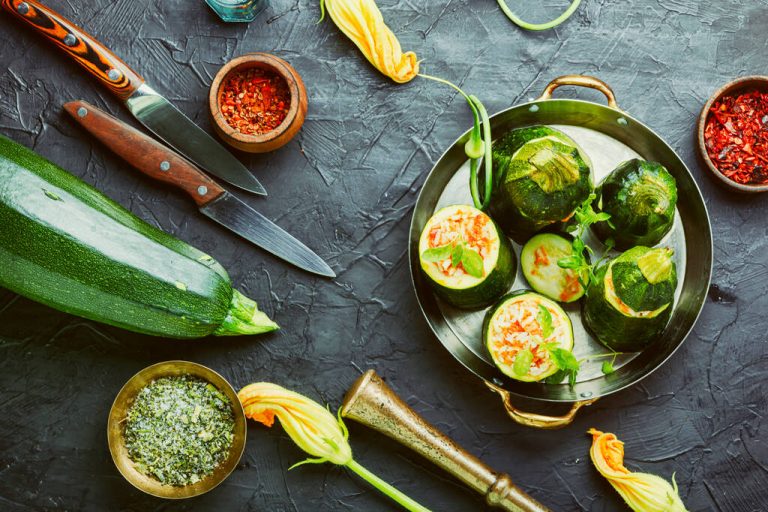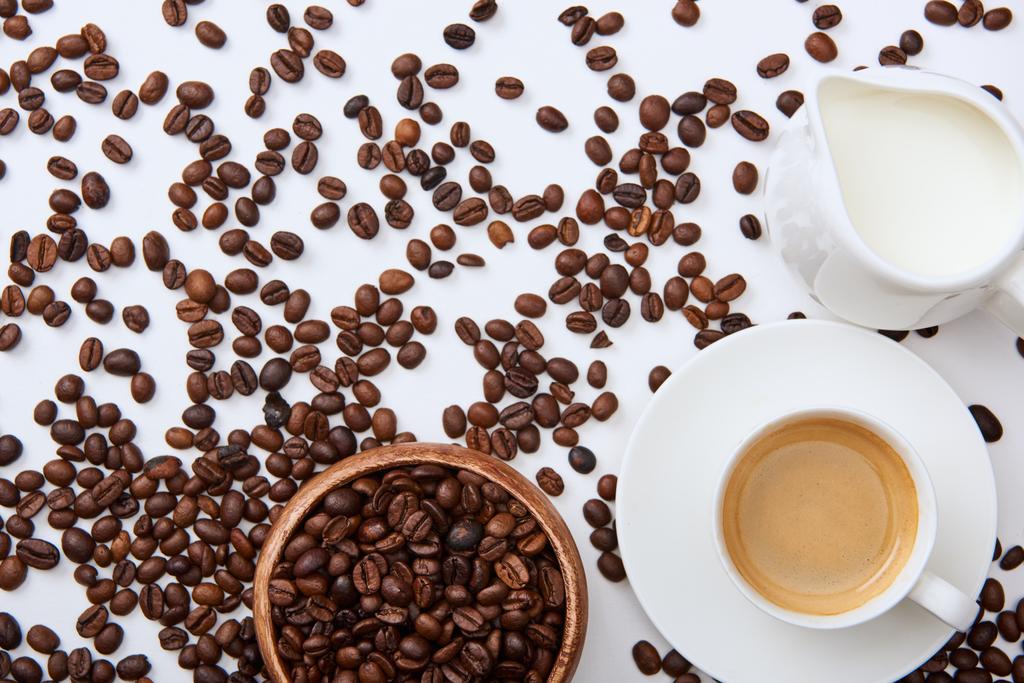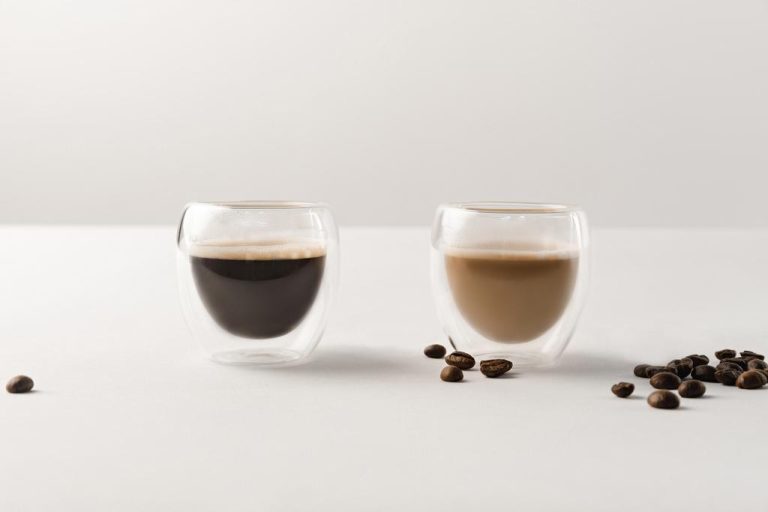Minerals are essential for our body. But which are the most important ones and what effect do they have? And what is the difference to vitamins?
Minerals: why do we need them?
Minerals are vital for our organism (to survive). They ensure that everything, really everything, works well – from the bones to digestion and cell renewal. Like vitamins, minerals are micronutrients that the body needs in addition to macronutrients – carbohydrates, proteins and fats – to regulate metabolic processes. They are important for the electrolyte and water balance, for the immune system and indispensable for the structure and function of bones, muscles and teeth. The body also needs minerals for vision and the nervous system, and they are involved in blood clotting and reproduction.
However, our body cannot produce the micronutrients on its own – but we can support it by eating the right foods. Minerals are found as inorganic food components in various animal and vegetable foods. You can read about which minerals are in which foods at the end of the article.
How many minerals does the body need?

In order for the processes in the body to work properly, the supply of minerals and vitamins must be right. But how many minerals does the body need? Because this is not so easy to assess, there are official nutrient recommendations. In German-speaking countries, the D-A-CH reference values are the standard. These reference values indicate the amount of nutrients a person should consume in order to stay fit and healthy. Incidentally, there are also these recommendations for the other nutrients: carbohydrates, proteins, fats, vitamins and also for energy, water, fiber and alcohol.
The reference values are initially based on the nutrient requirement – i.e. the amount of nutrients that is necessary to avoid a deficiency. This requirement is increased by 20 to 30% because it is an average value: this means that the reference values are usually higher than the actual nutrient requirements. Individual needs vary from person to person and depend on many things such as age, gender or metabolism.
If you eat a balanced diet, you shouldn’t have any problems with deficiency symptoms: Most people in Germany are adequately supplied. However, there are some risk groups that should pay special attention to their mineral intake. They include pregnant and breastfeeding women and the sick, but also people with a lot of stress, an unbalanced diet, special diets and vegan diets. If you belong to one of these groups, you can take minerals in a targeted manner: either through dietary supplements or – and we recommend this – by eating the right foods.
Minerals: bulk and trace elements
Minerals are required by the body in different amounts and are divided into bulk and trace elements depending on their content in the body.
The bulk elements include: sodium, potassium, calcium, magnesium, chlorine, phosphorus and sulfur. They occur in a concentration of over 50 mg per kg of body weight.
Trace elements, on the other hand – as the name suggests – only occur in traces in the body. They are only found in the body in concentrations of less than 50 mg per kg. The minerals iron, iodine, fluoride, zinc, selenium, copper, manganese, chromium and molybdenum are considered trace elements. A special feature is the mineral iron: Although it occurs in a concentration of around 60 mg per kg of body weight – it should therefore theoretically belong to the bulk elements – due to the similarity of its functions to the trace elements, iron is counted to this subgroup of minerals. The most important minerals and their functions at a glance: Many types of fruit and vegetables contain minerals.
The most important minerals and their functions at a glance
Minerals have different functions and are found in different foods. We give you a brief overview of the most important minerals here – if you want more detailed information, browse through the linked articles on the individual minerals.
Magnesium is important for the muscles and enzymes that stimulate metabolism – it also ensures strong bones and is involved in the storage and release of hormones. The mineral is found in many plant sources such as spinach, kohlrabi, nuts and sunflower seeds, wholemeal bread and legumes.
Calcium: Teeth and bones need enough calcium (or calcium) to grow and remain stable – children in particular should therefore always consume enough of the mineral. But it also strengthens your cell walls, helps make hormones, and plays a role in blood clotting. If you are deficient, calcium is “pulled” out of the bones and into the blood, which can cause osteoporosis. It is therefore best to eat enough green vegetables such as broccoli, kale, algae or nuts – dairy products such as cheese and yoghurt also contain a lot of calcium.
Sodium: This mineral is found in almost all foods – especially table salt and salty products. You need sodium for your water balance, your blood pressure, the activity of enzymes and your acid-base balance. However, be careful not to eat too much salt – too much sodium can cause problems with high blood pressure, edema, drowsiness and restlessness.
Phosphorus: Just like calcium, phosphorus is important for teeth and bone formation. In addition, the muscles need the mineral to convert energy into movement and it is a building block of our genetic make-up. Phosphorus is added to industrially processed foods in particular – but even if you do without such products in everyday life, you don’t have to worry about a deficiency here: The substance is found in protein-containing products, legumes, nuts, most types of fruit and vegetables and also in Meat, fish, eggs and dairy products.
Potassium is extremely important for the transmission of nerve signals, water and electrolyte balance as well as for good muscle function. You can find it in many foods, especially spinach, potatoes, kale, mushrooms, and nuts.
Chloride: The mineral is related to sodium and potassium and is a component of stomach acid and bones. In addition, chloride regulates the water balance and is involved in the acid-base balance. A good source of chloride is table salt. You can also cover your chloride needs with foods such as salami, pork ham, kefir, milk or cheese.
Iron: is involved in the storage and transport of oxygen in the blood, blood formation and the regulation of numerous metabolic processes. The mineral is also important for brain development in children and adolescents. Menstruating women have an increased need. You can cover your needs with green vegetables such as spinach, kale, broccoli, brown rice and other whole grain products or with animal products such as meat or offal.
Iodine: As an essential component of the thyroid hormones, iodine is involved in growth and maturation, heat production and energy metabolism. Iodized salt is a good source of iodine.
Fluoride is a component of bones and teeth, it promotes the development of tooth substance and inhibits the growth of caries bacteria. You can get fluoride from mineral water, fluoridated salt, or black tea.
Zinc: The trace element is a component of many enzymes and the antioxidant protection system, it is also involved in growth and development, influences hormone metabolism and the immune system. Because our body cannot store the mineral well, we depend on a continuous supply – for example through whole grain products, oatmeal, milk and milk products or meat.
Selenium protects against oxidative damage, influences blood clotting, is involved in thyroid metabolism and stimulates the immune system. You can cover your needs with potatoes, brown rice, peanuts, asparagus, wholemeal bread or hazelnuts.
Copper has many functions in the body. Among other things, it helps with the mobilization and transport of iron, protects against free radicals and contributes to the coloring of eyes, hair and skin. Nuts – especially cashews – salsify, artichokes and whole grains are good suppliers of copper.
Manganese supports the development of connective tissue, protects against free radicals and is involved in carbohydrate and amino acid metabolism. Blueberries are a particularly good source, but blackberries, spinach, strawberries, kale or wholemeal rye bread also help to cover your daily needs.
Chromium supports the absorption of glucose from the blood and thus ensures a balanced blood sugar level. You can meet your needs with foods such as mushrooms, Brussels sprouts, spinach and tomatoes.
Molybdenum is a component of enzymes and is found in foods such as red cabbage, green beans, peas, peanuts and whole grain products.
Minerals vs. vitamins: A distinction

Both minerals and vitamins are micronutrients and very important for your body: They influence all life activities, so a deficiency can have serious consequences. But the fundamental difference between vitamins and minerals lies in their origin: vitamins are organic compounds in the body, while minerals are inorganic components.
You need both micronutrients for a healthy and functioning organism: Both vitamins and minerals are involved in numerous metabolic processes, they play a major role in the electrolyte and water balance, are for the immune system and for the structure and function of bones, muscles and teeth indispensable. They are also necessary for vision and the nervous system and are involved in blood clotting and in the processes of reproduction, cell division and differentiation.



